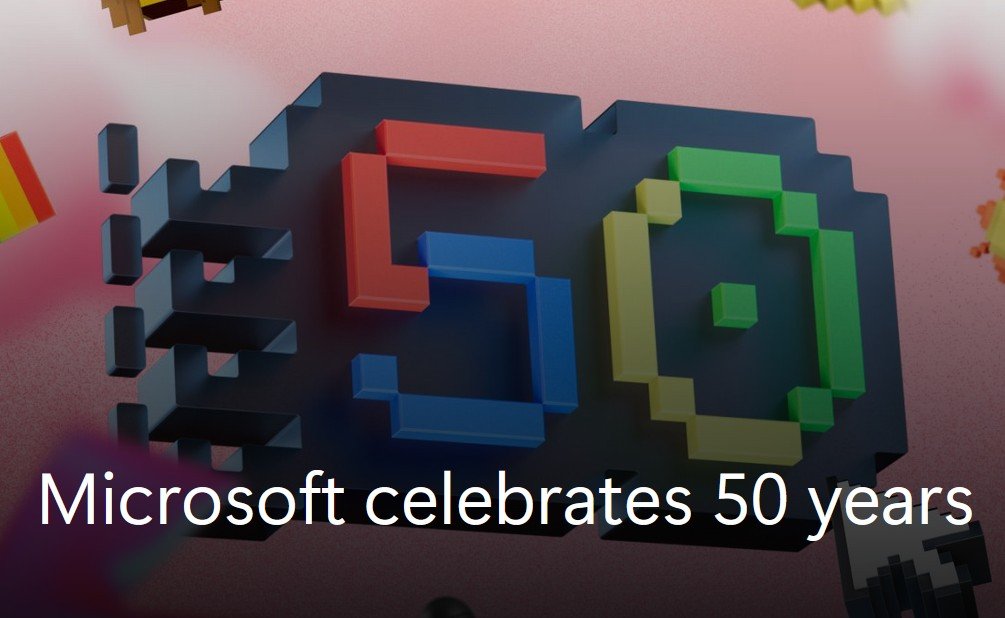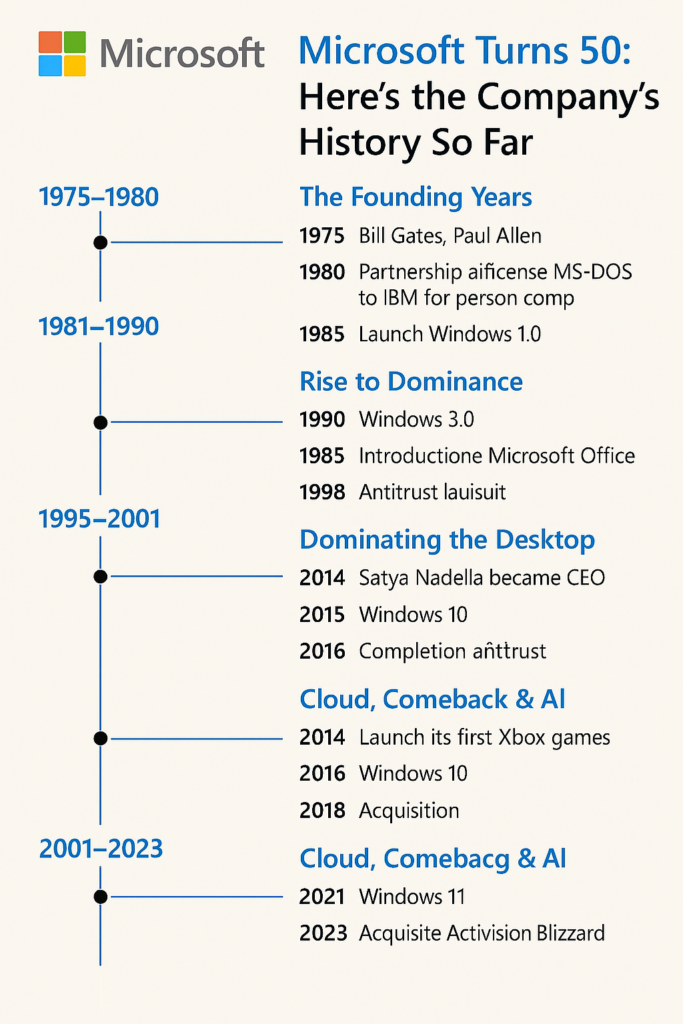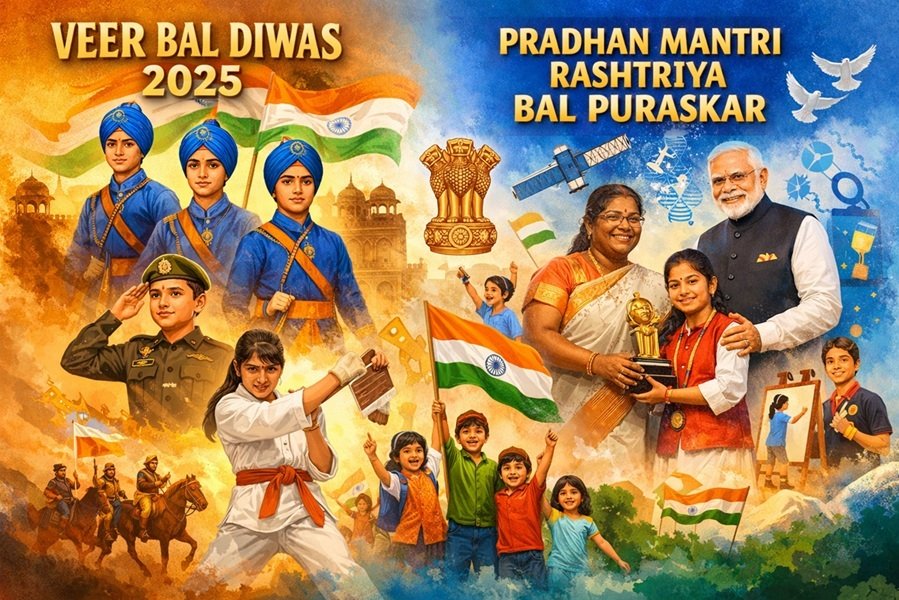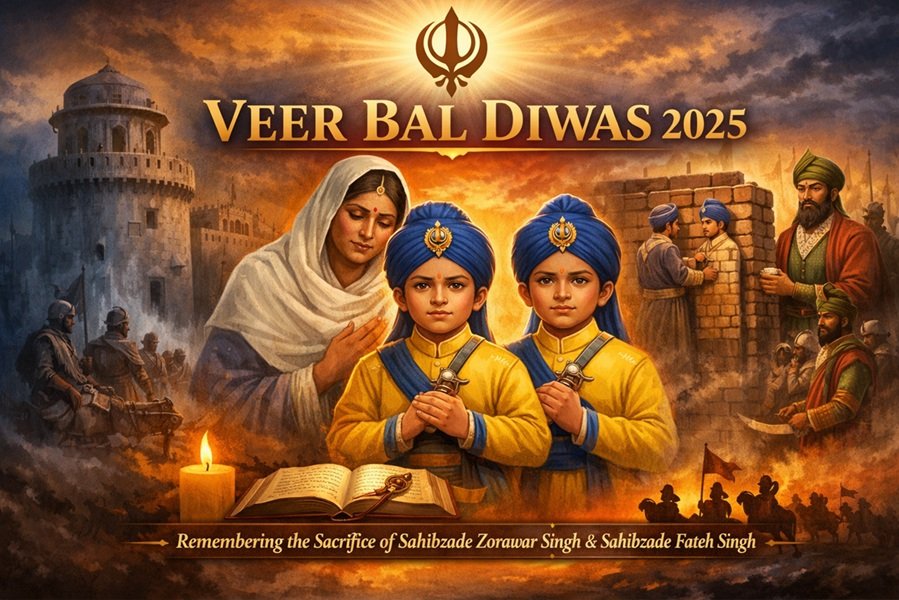
In 2025, Microsoft celebrates its 50th anniversary—a monumental milestone for one of the most influential technology companies in the world. From its humble beginnings in a garage to becoming a trillion-dollar behemoth that has reshaped the digital world, Microsoft’s journey reflects not only innovation and resilience but also its pivotal role in shaping modern computing. Here’s a detailed account of the company’s rich and transformative history.

The Founding Years: 1975–1980
Microsoft was founded on April 4, 1975, by two childhood friends, Bill Gates and Paul Allen, in Albuquerque, New Mexico. The company’s initial goal was simple: to develop software for the Altair 8800, one of the earliest personal computers.
- Their first product was Altair BASIC, a version of the BASIC programming language designed for the Altair.
- The company was originally named “Micro-Soft”, a portmanteau of “microcomputer” and “software.” The hyphen was dropped a year later.
Fun Fact: The company’s first office was in Albuquerque because MITS, the manufacturer of the Altair 8800, was based there.
Rise to Dominance: 1981–1990
The 1980s were the decade that made Microsoft a household name.
1981 – MS-DOS and IBM Partnership
- In 1980, Microsoft signed a landmark deal with IBM to provide an operating system for their first personal computer (IBM PC).
- Microsoft acquired 86-DOS from Seattle Computer Products, modified it, and licensed it to IBM as PC-DOS, retaining the rights to market it separately as MS-DOS.
- This strategic decision allowed Microsoft to license MS-DOS to other PC makers, setting the stage for software dominance.
1985 – Windows 1.0
- Microsoft launched Windows 1.0 in November 1985 as a graphical extension for MS-DOS.
- Though rudimentary by today’s standards, it laid the foundation for future Windows OS versions.
1986 – IPO and Redmond Move
- Microsoft went public on March 13, 1986, at $21 per share, making Bill Gates a millionaire at 31 and eventually the world’s richest man.
- That same year, Microsoft moved its headquarters to Redmond, Washington, where it remains today.
The 1990s: Dominating the Desktop
This decade saw Microsoft become the most powerful software company in the world, primarily due to the success of Windows and Microsoft Office.
1990 – Windows 3.0
- Introduced a more stable and user-friendly interface.
- Sold over 10 million copies, cementing Windows as the standard desktop OS.
1995 – Windows 95
- A revolutionary release that introduced the Start menu, taskbar, and plug-and-play support.
- Sold 7 million copies in the first five weeks.
- Internet Explorer debuted in the Windows 95 Plus! Pack, marking Microsoft’s entry into the browser wars.
Microsoft Office Suite
- Microsoft bundled Word, Excel, PowerPoint, and later Outlook into a suite called Microsoft Office.
- Office became the global standard for productivity software.
1998 – Antitrust Lawsuit
- The U.S. Department of Justice filed an antitrust suit against Microsoft, accusing it of monopolistic practices by bundling Internet Explorer with Windows.
- In 2000, the court ruled that Microsoft should be split up, but the decision was overturned on appeal.
The 2000s: Transition and Expansion
Leadership Change
- In 2000, Bill Gates stepped down as CEO, appointing Steve Ballmer as his successor, while Gates took on the role of Chief Software Architect.
Windows XP (2001)
- One of Microsoft’s most beloved OS versions, Windows XP combined stability, usability, and performance.
- Supported for over a decade, XP became synonymous with reliability for both consumers and enterprises.
Xbox Launch (2001)
- Microsoft entered the gaming market with the original Xbox, launching a new era in gaming.
- Later, the Xbox 360 (2005) competed strongly against Sony’s PlayStation 3 and Nintendo Wii.
Acquisitions
- Microsoft acquired several companies, including:
- Navision (2002) – foundational to Microsoft Dynamics.
- aQuantive (2007) – a major digital advertising acquisition.
- Investments in Facebook (2007) and Yahoo! search partnership (2009).
The 2010s: Cloud, Comeback & Satya Nadella
Struggles Under Ballmer
- Windows Vista (2007) was widely panned.
- Microsoft failed to gain significant traction in mobile (Windows Phone).
- The Zune media player and Bing search engine struggled against Apple and Google.
Satya Nadella Becomes CEO (2014)
- In 2014, Satya Nadella replaced Ballmer as CEO, pivoting Microsoft’s strategy towards cloud computing and platform-agnostic services.
Azure and the Cloud Revolution
- Microsoft Azure emerged as a dominant cloud platform, competing directly with Amazon Web Services (AWS).
- Azure drove a large part of Microsoft’s growth in the late 2010s.
Office 365 and Subscription Model
- Microsoft transitioned its productivity tools to the cloud with Office 365, now Microsoft 365, shifting to a subscription-based model.
Windows 10 (2015)
- Launched as a free upgrade for Windows 7 and 8 users.
- Billed as the “last version” of Windows, emphasizing continuous updates.
Big Acquisitions
- LinkedIn (2016) – acquired for $26.2 billion.
- GitHub (2018) – acquired for $7.5 billion.
- Mojang Studios (2014) – makers of Minecraft, acquired for $2.5 billion.
The 2020s: AI, Gaming, and Continued Dominance
Microsoft Teams and Pandemic Surge
- Microsoft Teams became a vital communication tool during the COVID-19 pandemic, rivaling Zoom and Slack.
- Remote work accelerated cloud adoption, boosting Azure and Microsoft 365 usage.
Windows 11 (2021)
- Introduced a refreshed UI, performance improvements, and integration with Android apps.
AI and OpenAI
- Microsoft partnered with OpenAI, investing over $13 billion by 2023.
- Integrated ChatGPT into Bing and other Microsoft products, marking a bold step into AI-powered search and productivity.
Gaming Expansion
- Acquired ZeniMax Media (parent of Bethesda) in 2020.
- In 2023, completed a $68.7 billion acquisition of Activision Blizzard, the biggest in gaming history.
- Strengthened Xbox Game Pass and cloud gaming infrastructure.
Financial and Global Footprint
- Microsoft surpassed $3 trillion in market capitalization in early 2024, joining Apple as one of the world’s most valuable companies.
- Operates in 190+ countries with over 220,000 employees as of 2025.
- Key revenue segments:
- Productivity and Business Processes
- Intelligent Cloud
- More Personal Computing
Looking Ahead: Microsoft’s Vision Beyond 50
As Microsoft turns 50, it’s far from slowing down. The company is investing heavily in:
- Artificial Intelligence: Azure AI, Copilot in Microsoft 365, and AI chips.
- Quantum Computing: Research through Microsoft Quantum Labs.
- Sustainable Technology: Committed to becoming carbon negative by 2030.
- Cybersecurity: Expanding security solutions across cloud and endpoints.
Key Challenges Ahead
- Regulatory scrutiny over acquisitions.
- Competition with Apple, Google, and Amazon in AI and cloud.
- Maintaining innovation in a rapidly changing tech ecosystem.
Final Thoughts
From BASIC to Bing, MS-DOS to Microsoft Copilot, and Windows to the cloud—Microsoft’s 50-year journey is a tale of innovation, reinvention, and global impact. It has weathered market shifts, legal battles, leadership changes, and fierce competition, yet has continually evolved to remain relevant and powerful.
As it steps into its sixth decade, Microsoft stands not just as a tech company, but as a digital infrastructure cornerstone for billions of people and businesses around the globe. The next 50 years promise to be just as transformative.
Author: Harshvardhan Mishra
Published on: April 4, 2025
Source: Official Microsoft history, public company filings, news archives



